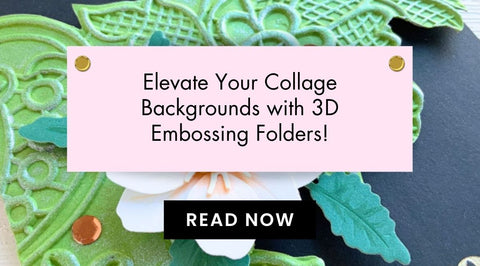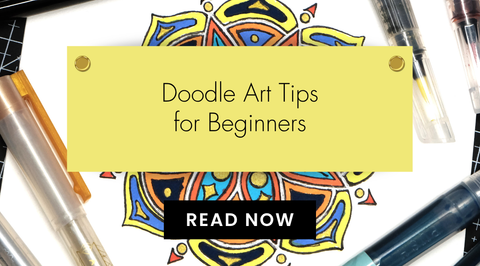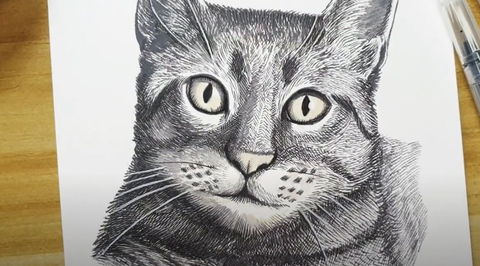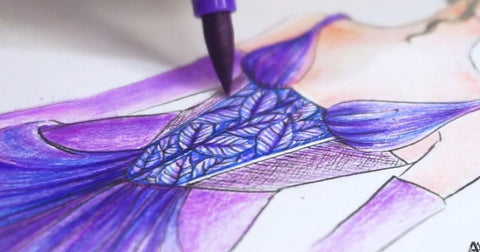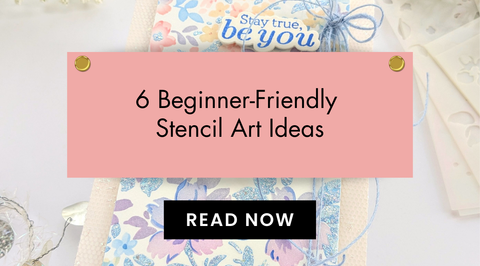How To Make Unique Artwork That Embodies Your Brand as an Artist
Last Updated: October 13, 2025

Have you ever wondered how you came to know a work of art as distinctly Picasso, Shakespeare, Michelangelo, and Salvador Dalí? This is because these artists in their fields have managed to create their own branding and style as an artist, differentiating their work from anyone else's. If you're an artist who wants to pursue art professionally, chances are you're also trying to find your own footing.
Having your own brand as an artist is crucial because it is an expression of your identity. It helps your works be recognized as yours because of a distinct style and theme. Once you know yourself and your work inside and out, it'll be easier for your art to reach the right people with the right message.
So whether you want your voice to be heard as an artist or to find your own art style, you've come to the right place! In this blog post, we will discuss how you can hone in on your creative processes to help create soulful projects that genuinely embody who you are as an artist.
What Is Artist Branding and Why Do You Need It?
Your art is an extension of yourself. This is the basic concept of artist branding. It refers to creating and promoting a consistent image and reputation for oneself as an artist. This process includes developing a distinct style, creating a visual identity, and establishing yourself as a credible and respected figure in the art world.
It's not about fame or recognition - it's about knowing how to put yourself in your art and how to translate your message, values, and life into your artwork.

If you want to take your art from being a hobby to a profession, then you have to start building your branding. Not only does artist branding help make your art stand out, but it also trains you to be a master of a specific style, theme, or technique. Once you establish your branding, your art will flourish naturally, and you will know yourself better as an artist.
Think of your branding as your guide. What is the purpose of your creations? What makes art enjoyable for you? How do you want to use art to express yourself fully? In short, what makes your art, you?
How Do You Start Building Your Branding as an Artist?

Creating artwork that distinctly represents you and your art style that resonates with an audience can be challenging as an artist. It may seem complex to evoke emotion, create consistency within your work, or even develop new ideas for different pieces. However, with enough effort and time, you can do it! To get jumpstarted on building your style and brand as an artist, try doing these tips:
Define Your Art Journey
Remember, you cannot tell your story as an artist if you don't know it yourself! One of the ways that you can establish your brand is by mapping out your journey. What got you started in art? What made you take up the medium that you're using now? Who had the most significant influence on your art? Where do you see yourself going with your art? What messages do you want to send out to the public with your works?
The most fun way to do this is with a simple exercise. Act as if an interviewer was asking you these questions. They are curious about you as an artist, and they want to know what made you pick up your pen, brush, or palette knife. Answer these questions, write them down, and remember to take note of them the next time you work on your art.
Play With Styles and Techniques

High-Quality Papers and Surfaces
Learn all the formal rules about art: history, movements, techniques, works, and the like. Once you have mastered these, it's time to play and break them! The reason we recommend learning about art formally first is so that you can have more options when it comes to choosing your art style.
Will your work have more impressionist vibes, or do you wish to follow in the footsteps of modernism? Will you play with mixed media techniques or stick to mastering one particular medium, like watercolor?
Having knowledge of all the paths and styles you can take as an artist can help you decide which resonates with you the most, so you can emulate them and even give them your own twist! Eventually, this will help you build a visual identity and signature on your art that will make audiences associate it with you.
Discover What Subject or Themes You Love
If you already have a collection of your own art, try looking at their common themes and subjects. Do you find yourself painting landscape sceneries of the ocean? Or maybe you prefer working on portraits? Do you love experimenting with geometric shapes or floral images? Perhaps you gravitate toward a certain color palette?
Your subjects don't have to be limited, but more often than not, having an overarching element or theme that spans across your art is key to having consistency. Ask yourself: what subjects, matters, or messages do you want to portray in your art? If your art was a person, what kind of values would they have? What things would you like them to talk about with other people?
Learn From Other Artists Like Yourself
The best way to learn how to make your brand as an artist is by hearing it from other artists who have already established their voices in the industry. You can read articles, watch interviews, listen to podcasts, and view other people's artwork to see how they built their brand, what distinguishes them, and how they continue to grow their art over time.
Learning from other artists not only helps your branding process but also motivates you by letting you know that they were once in your position too. If they can do it, so can you!

Artists' Watercolor Brushes - Round
Doing this can also help expand your network of fellow artists by joining in forums, communities, and public spaces where you can freely share your work too! You gain knowledge, experience, and feedback - and at the same time, you gain friends too!
Find Out How to Be a Successful Artist With These Tips!
Now that you know the tips on how to start building your branding as an artist, go out there and make your art known! Whether you're pursuing a social cause, advocating for personal expression, or even emphasizing the importance of art as therapy, your art deserves to be seen and heard. After all, without art, Earth is just...EH!

There is always more space in this world for artists like you. So never give up, and always do your artwork with passion. Once you accomplish this, success will naturally follow. For more artsy techniques, tips, and tricks, make sure to subscribe to our newsletter so you never miss an update!
On that note, we will launch our weekly series of The Artist Behind The Art, where we will feature an artist to talk about their work, techniques, and tips for fellow artists. So stay tuned, and get ready for more inspiration coming your way! Who knows? You might even be featured in that segment soon!


